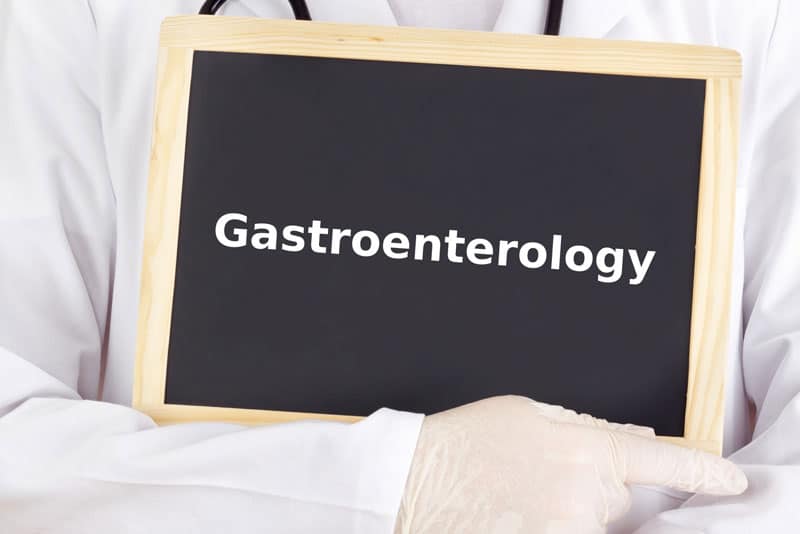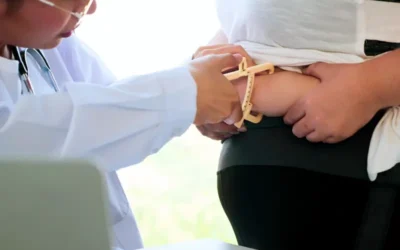Getting prior authorizations is a complex, time consuming, and frustrating task for physicians and their staff. Insurance verification and insurance authorization have a key role in revenue cycle management. That’s why busy practices prefer to rely on insurance verification and pre-authorization services provided by experts to get the job done.
Prior authorization (PA), prior approval or precertification is used by payers to determine if a health care service, treatment plan, prescription drug or durable medical equipment is medically necessary. While the prior auth process was intended to maintain care standards, improve safety and regulate costs, today, it is become a cumbersome process that is difficult to navigate.
According to an MDedge report, insurance companies are including more and more CPT® codes for services and procedures included in their prior authorization programs. The report highlights the problems faced by gastroenterology practices in managing prior authorizations which have been extended to multiple services and procedures by insurers. Gastroenterology practices require preauthorization for office visits and various procedures. Common CPT codes requiring pre-authorization include:
99204 Office or other outpatient visit for the evaluation and management of a new patient, which requires a medically appropriate history and/or examination and moderate level of medical decision making
99214 Office or other outpatient visit for the evaluation and management of an established patient, which requires a medically appropriate history and/or examination and moderate level of medical decision making
43239, Upper gastrointestinal endoscopy including esophagus, stomach, and either the duodenum and/or jejunum as appropriate; with biopsy, single or multiple
43459 Stool for Electron Microscopy
45380 Colonoscopy, flexible; with biopsy, single or multiple
45385 Colonoscopy with polypectomy
Leading insurance company Anthem has included the entire family of esophagogastroduodenoscopy (EGD) codes to its list of procedures requiring prior authorization in 10 states, says the MDedge report. The codes in this list are:
43233 Esophagogastroduodenoscopy, flexible transoral; diagnostic, with dilation of esophagus with balloon (30 mm diameter or larger) (includes fluoroscopic guidance, when performed)
43235 Esophagogastroduodenoscopy, flexible transoral; diagnostic, including collection of specimen(s) by brushing or washing, when performed (separate procedure)
43236 Esophagogastroduodenoscopy, flexible transoral; with directed submucosal injection(s), any substance [other than injections related to gastroesophageal reflux or dysphagia]
43239 Esophagogastroduodenoscopy, flexible transoral; with biopsy, single or multiple
43241 Esophagogastroduodenoscopy, flexible transoral; with insertion of intraluminal tube or catheter
43243 Esophagogastroduodenoscopy, flexible transoral; with injection sclerosis of esophageal/gastric varices
43244 Esophagogastroduodenoscopy, flexible transoral; with band ligation of esophageal/gastric varices
43245 Esophagogastroduodenoscopy, flexible transoral; with dilation of gastric/duodenal stricture(s) (eg, balloon, bougie)
43246 Esophagogastroduodenoscopy, flexible transoral; with directed placement of percutaneous gastrostomy tube
43247 Esophagogastroduodenoscopy, flexible transoral; with removal of foreign body(s)
43248 Esophagogastroduodenoscopy, flexible transoral; with insertion of guide wire followed by passage of dilator(s) through esophagus over guide wire
43249 Esophagogastroduodenoscopy, flexible transoral; with transendoscopic balloon dilation of esophagus (less than 30 mm diameter)
43250 Esophagogastroduodenoscopy, flexible transoral; with removal of tumor(s), polyp(s), or other lesion(s) by hot biopsy forceps
43251 Esophagogastroduodenoscopy, flexible transoral; with removal of tumor(s), polyp(s), or other lesion(s) by snare technique
43254 Esophagogastroduodenoscopy, flexible transoral; with endoscopic mucosal resection
43255 Esophagogastroduodenoscopy, flexible transoral; with control of bleeding, any method
43266 Esophagogastroduodenoscopy, flexible transoral; with placement of endoscopic stent (includes pre- and post-dilation and guide wire passage, when performed)
43270 Esophagogastroduodenoscopy, flexible transoral; with ablation of tumor(s), polyp(s), or other lesion(s) (includes pre-and post-dilation and guide wire passage, when performed) [other than ablation related to Barrett’s esophagus]
According to MDEdge, gastroenterologists were forced to cancel planned procedures because the prior authorization process took weeks instead of days. Physicians also reported that the cumbersome preauthorization process and medication delays led to patients having flares of inflammatory bowel disease. The American Gastroenterological Association (AGA) is working to find legislative solutions to ensure that Medicare Advantage (MA) plans increase transparency, restructure the prior authorization process, and minimize the impact on Medicare beneficiaries.
In a 2018 survey by the American Medical Association (AMA), 91% of physicians said prior auths negatively impacts care. Eighty-six percent of physicians believe their PA burdens are high or extremely high. Problems identified:
- Practices had to complete an average of 31 prior authorizations per physician per week, which meant dedicating almost two business days to administrative tasks.
- A third of physicians employed staff exclusively for processing prior authorizations.
- 65% of providers wait more than one business day for a PA decision from the patient’s health plan – 26 percent will wait more than three business days, on average.
- 75% of physicians said that extended waiting periods for treatment led to abandonment among patients
- 28 percent of physicians said prior auth delays have led to a serious adverse event for a patient, such as a death, disability or permanent damage, hospitalization, or other life-threatening emergency.
Fierce Healthcare sums up it up: “Prior authorization typically requires staff to follow a laborious workflow that can be difficult to track to completion. Multiple data entries, payer rule discrepancies, inconsistent payer documentation requirements and changing government mandates hamper these processes. Prior authorizations can take an inordinate amount of time, which decreases productivity, wastes resources, can lead to treatment delays and may adversely affect patient outcomes”.
Verifying patient insurance benefits is also an important but challenging task that practices have to handle. Physician practices need to complete benefit verifications before the office visit. If insurance eligibility and benefits are not verified before services are provided, it can lead to claim denials and loss of reimbursement.
Outsourcing the insurance verification and prior authorization process can bring efficiency in managing these processes, and save time and money. It will help patients get access to medications and treatments faster. Companies offering insurance verification and authorization services have experts on the job. They are knowledgeable about the process and how it works and can complete the pre-auth process, keep track and follow-up if required, and appeal denials. These services are budget-friendly and practices can avoid the need to hire separate staff to manage the task in-house. Relieved from the administrative burden, of managing prior authorizations, physicians can focus on their core tasks.




